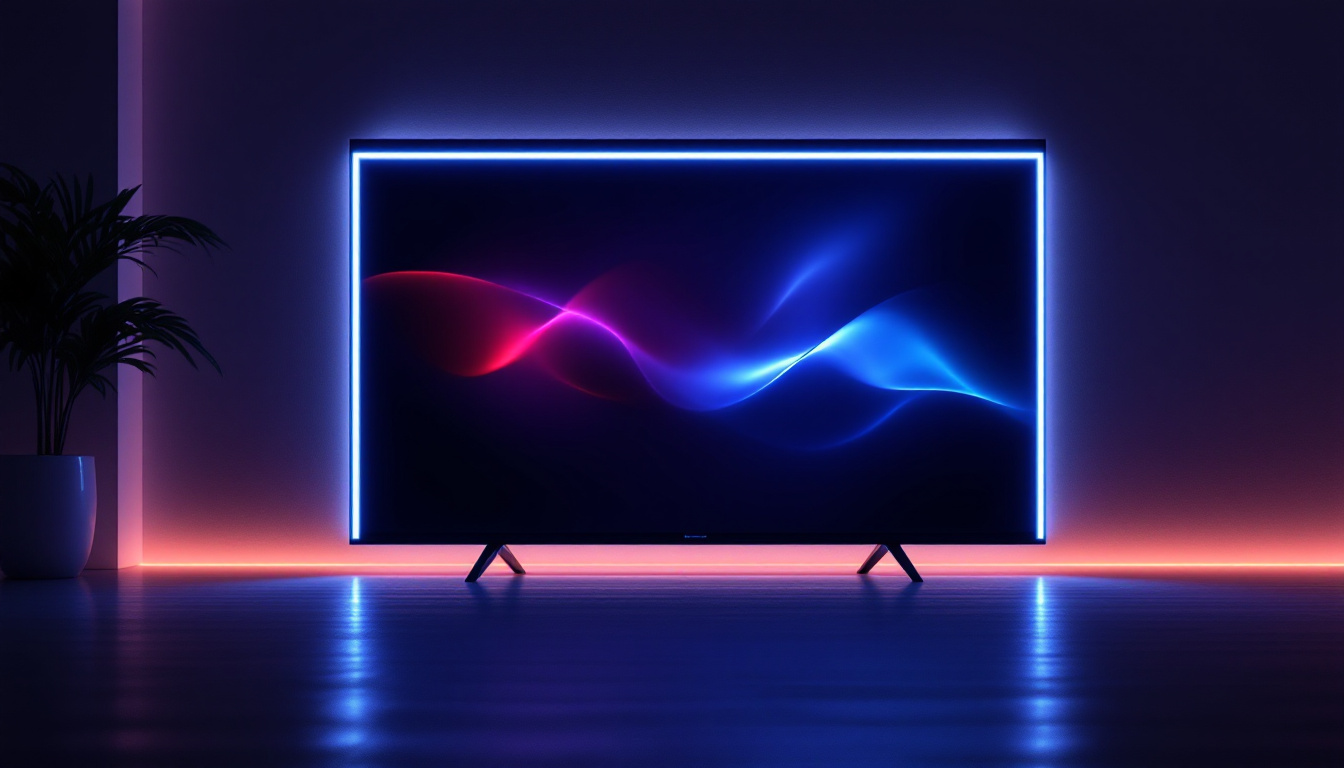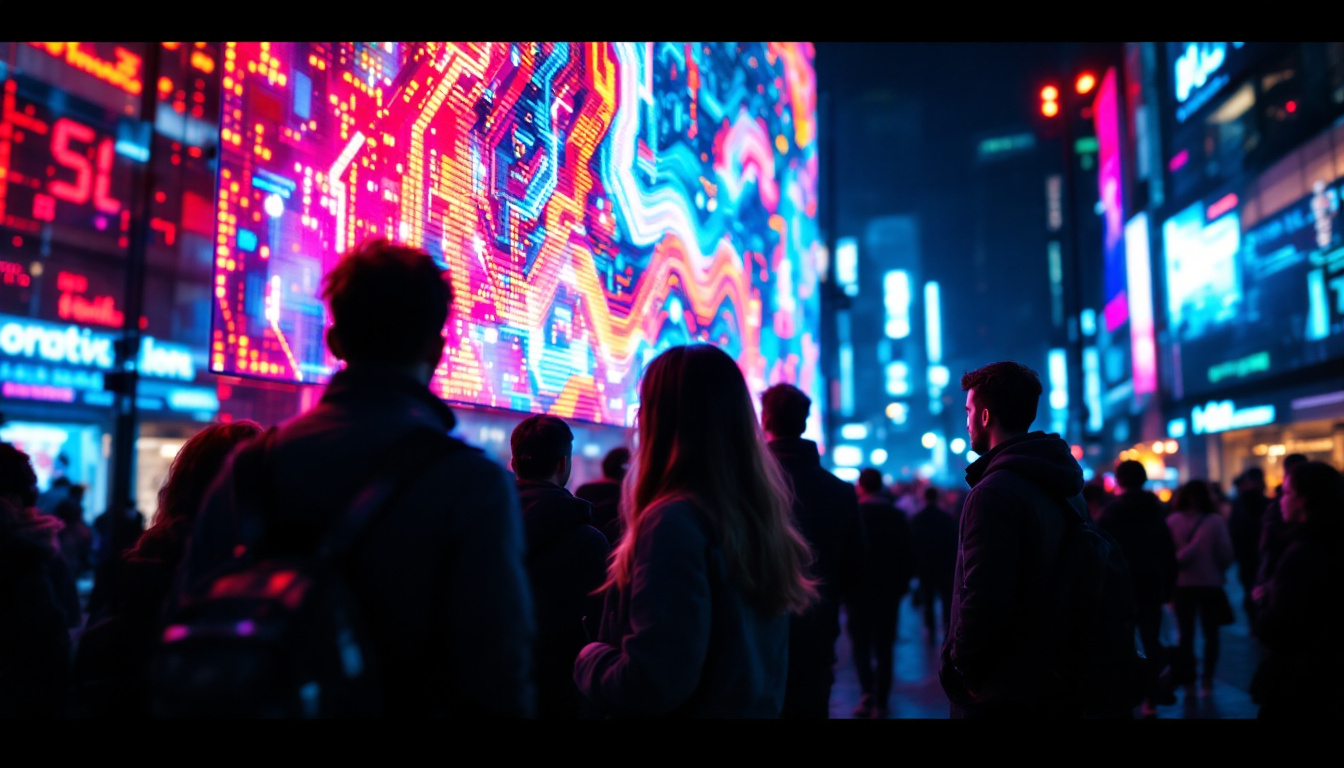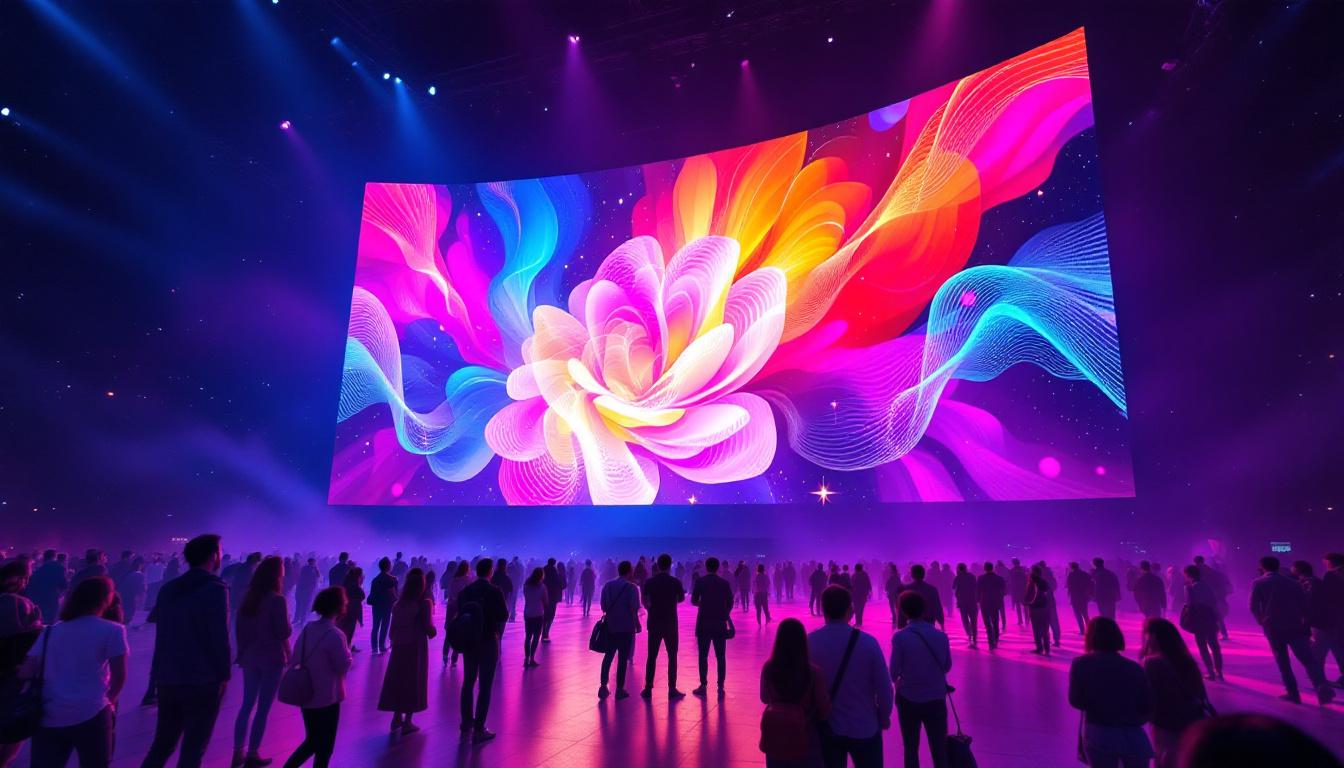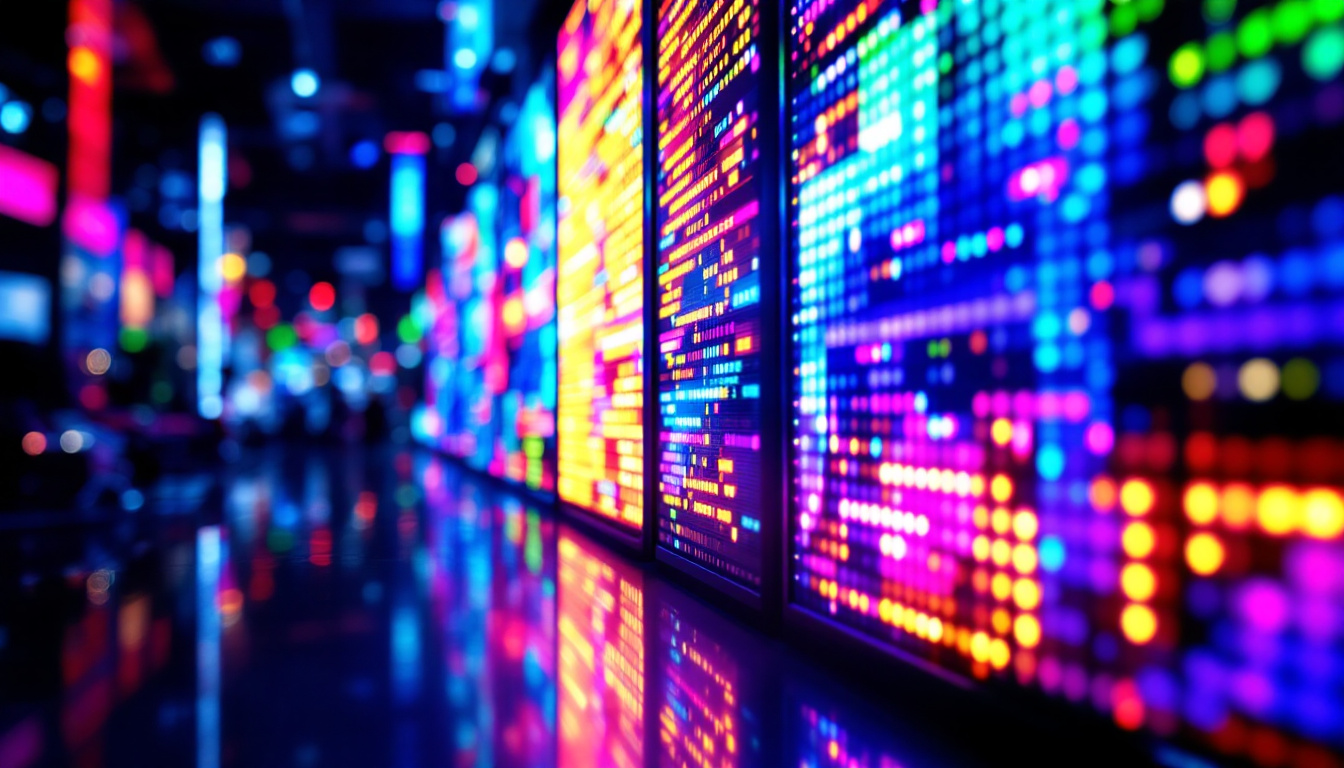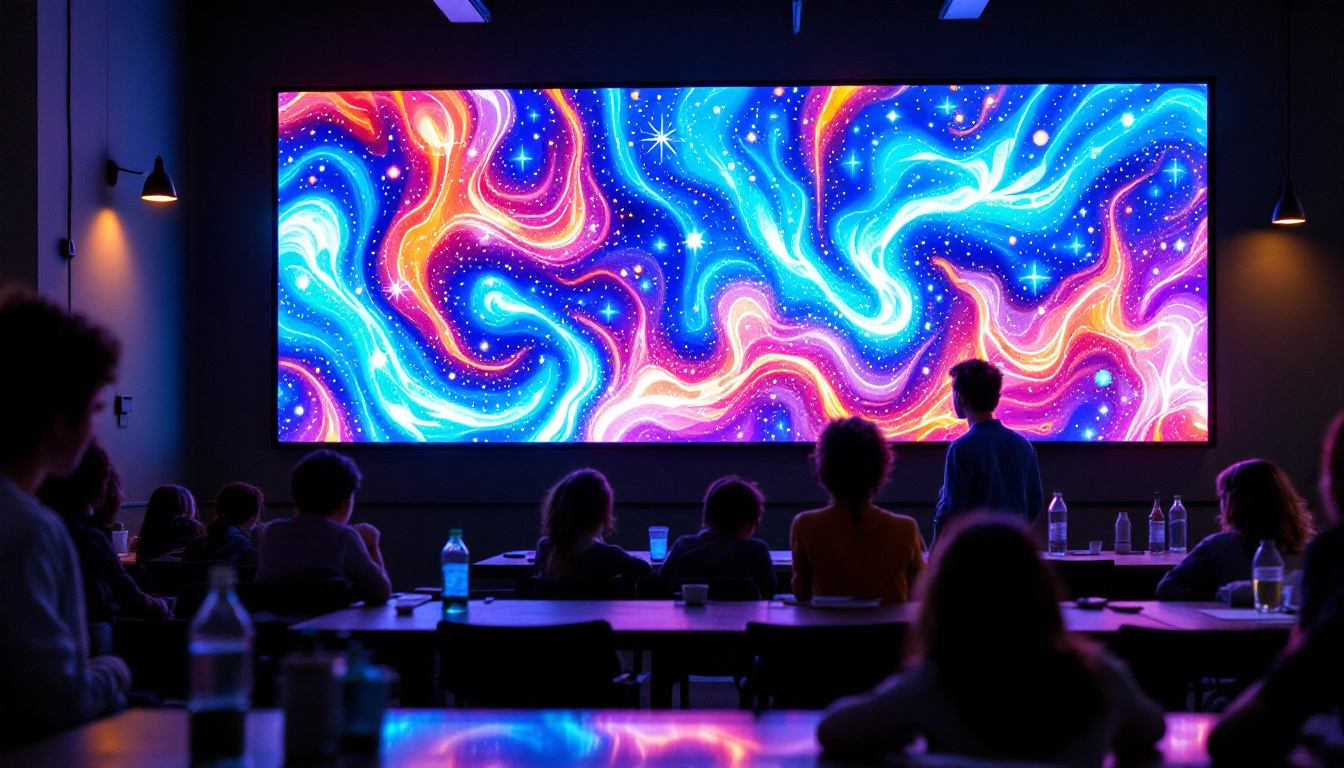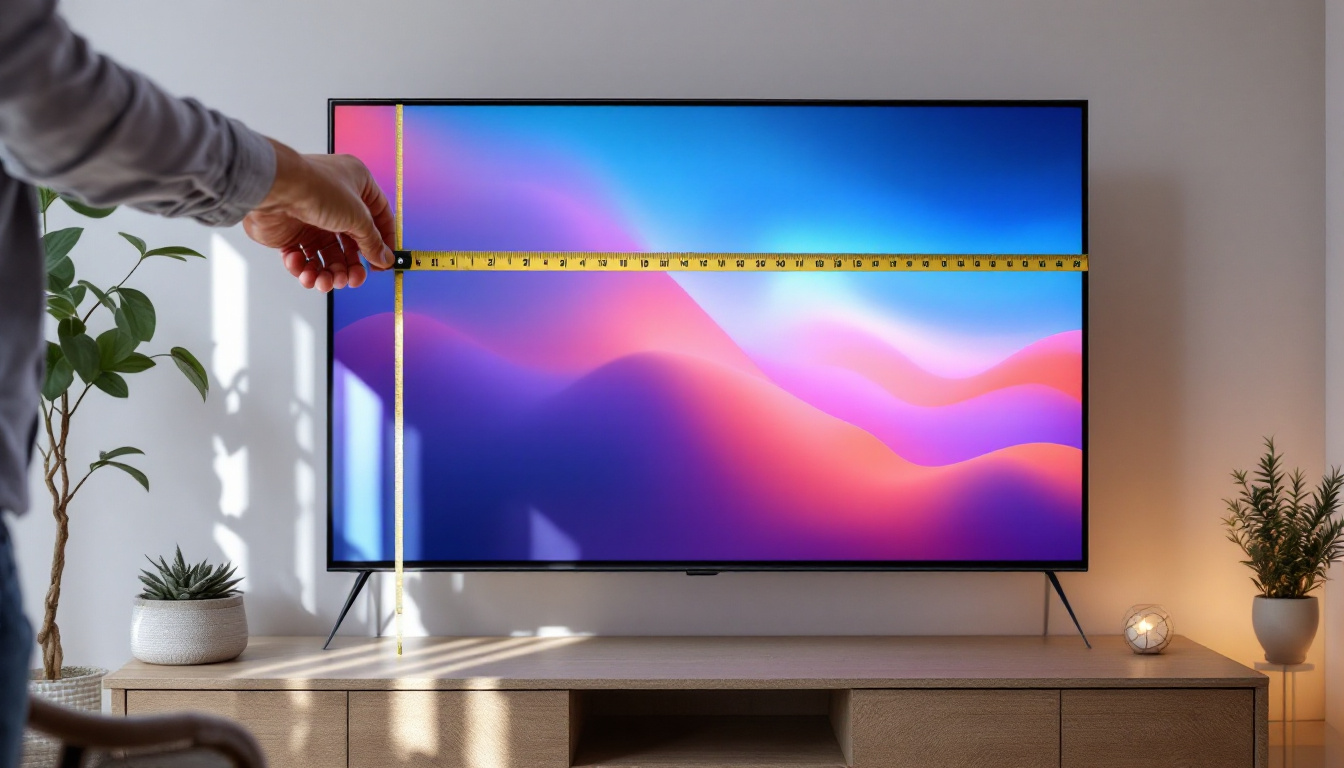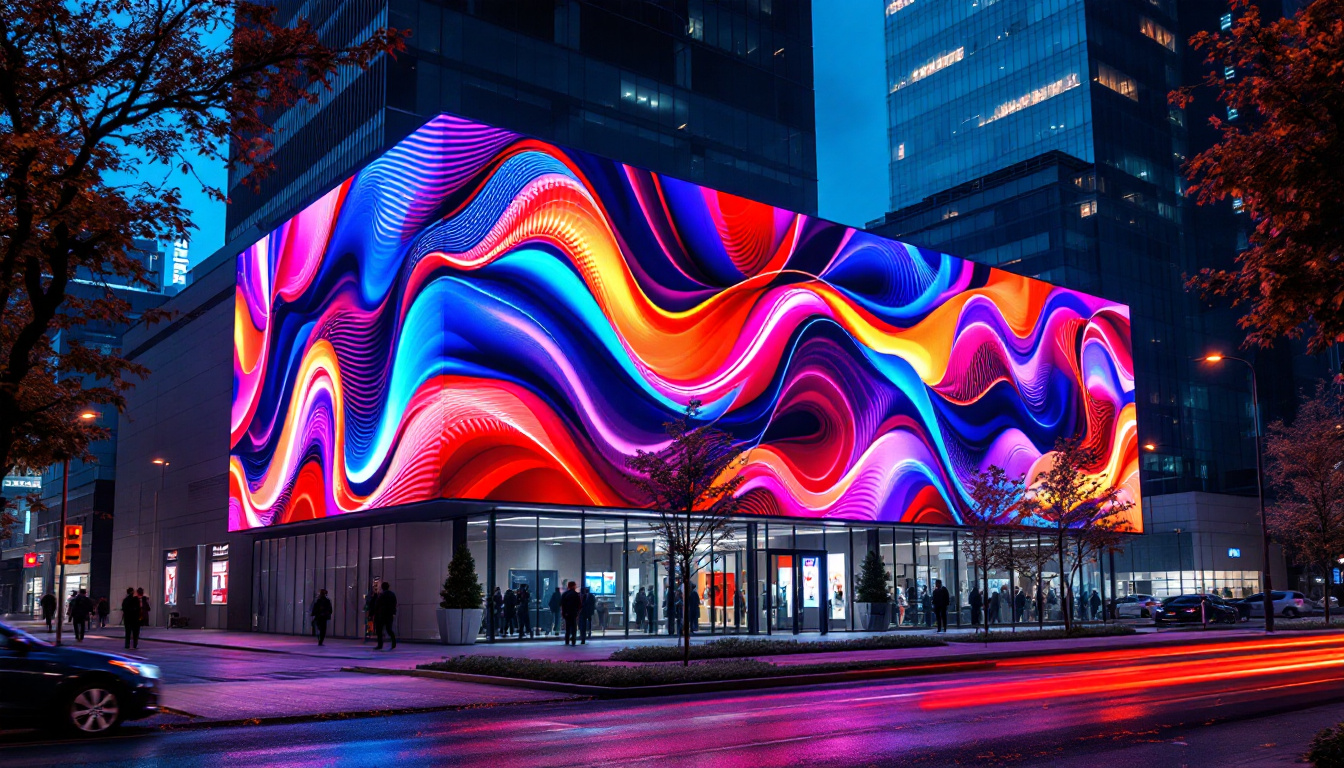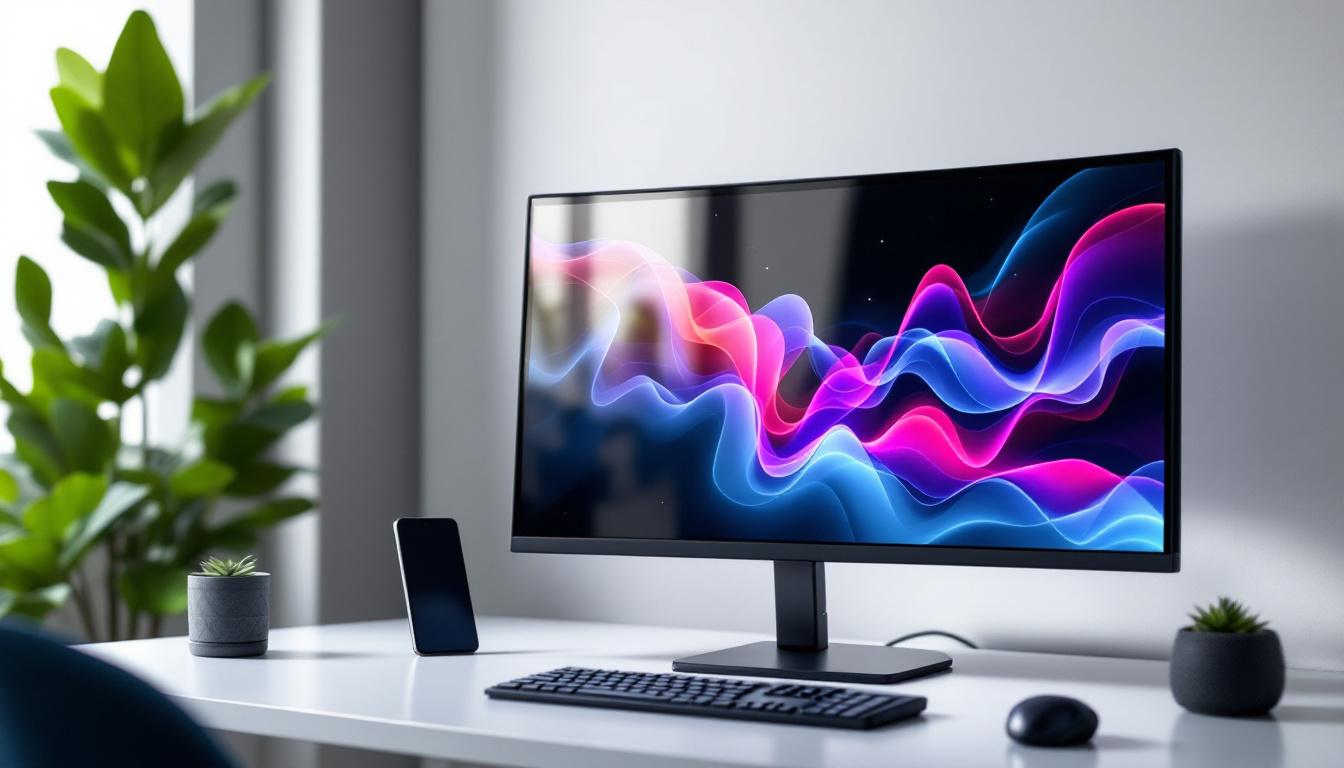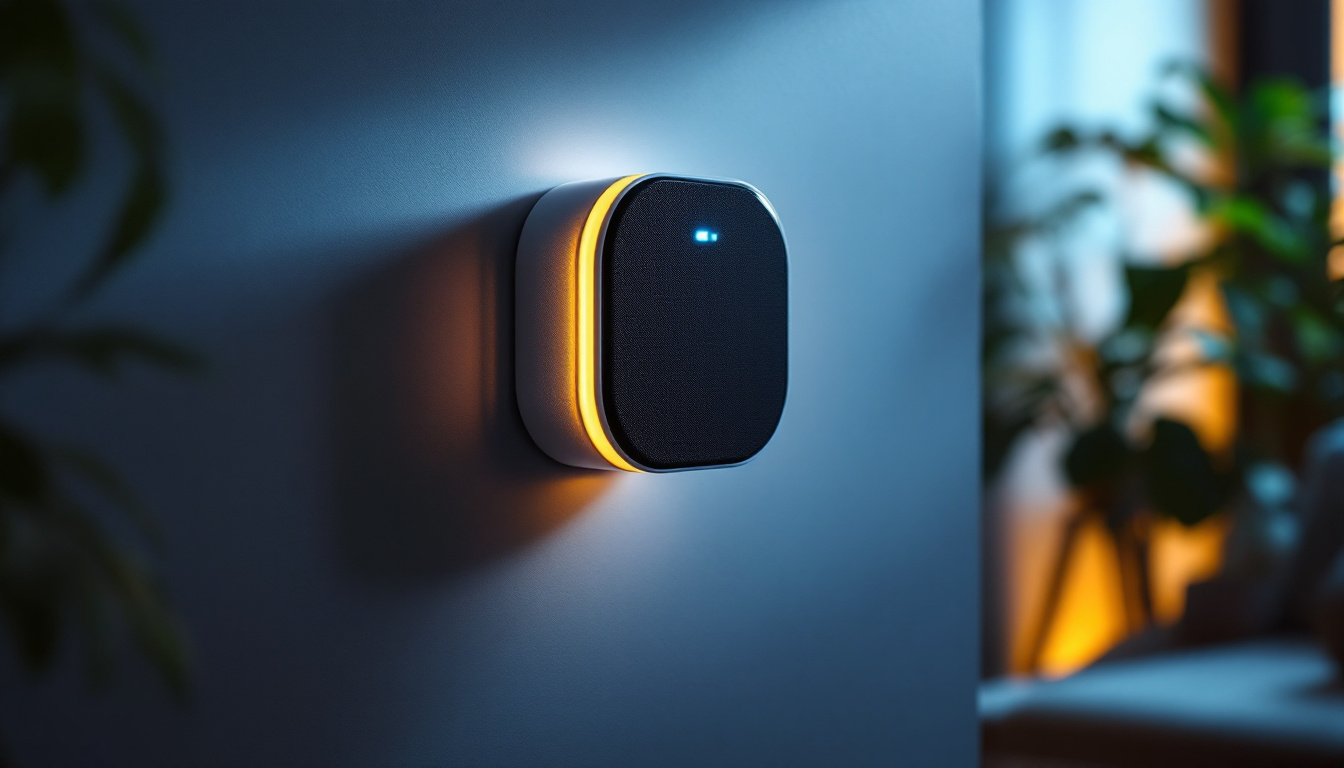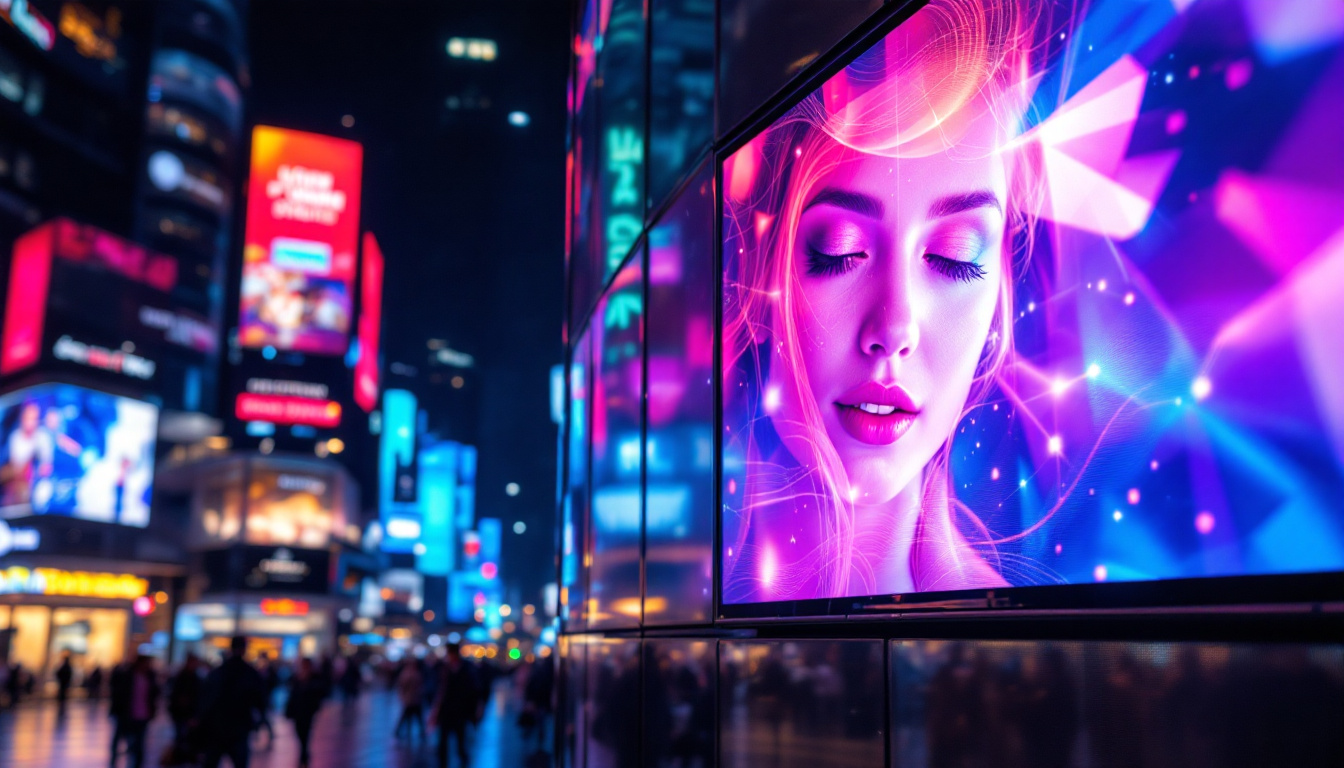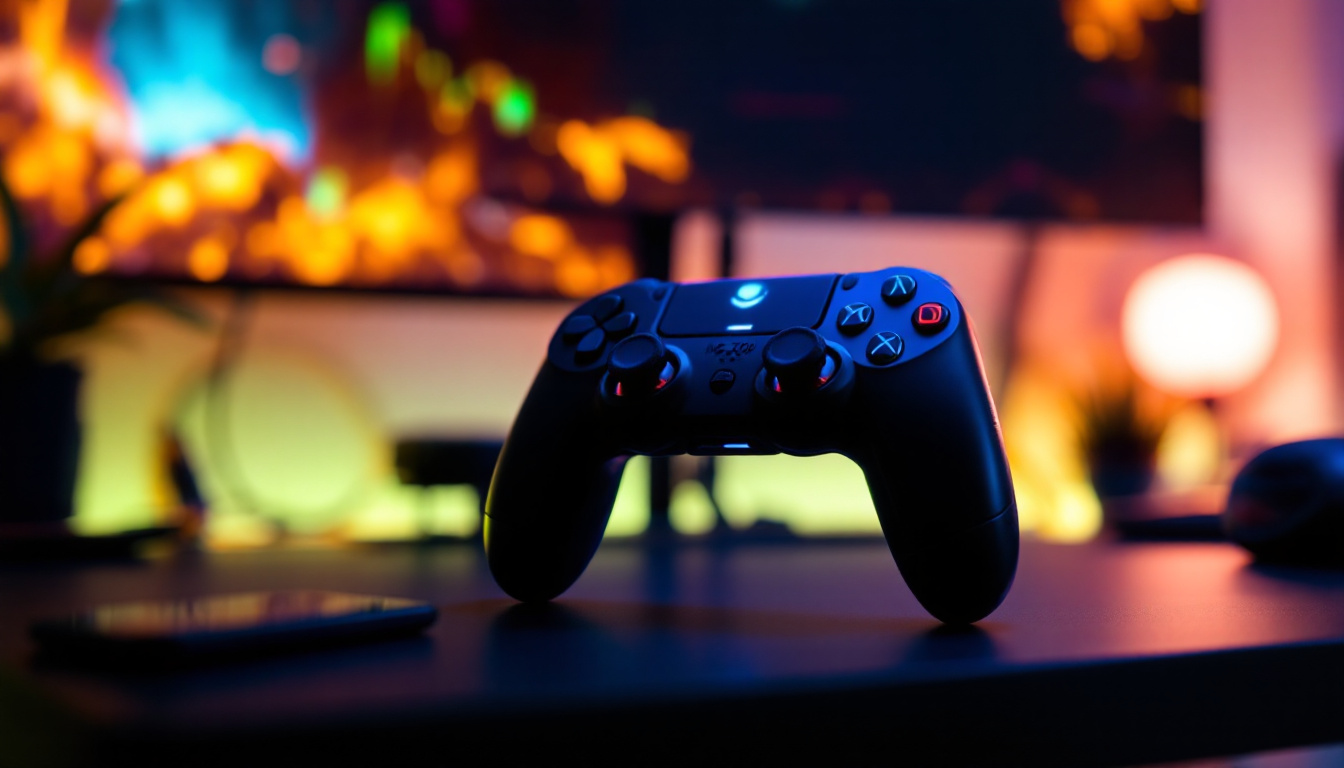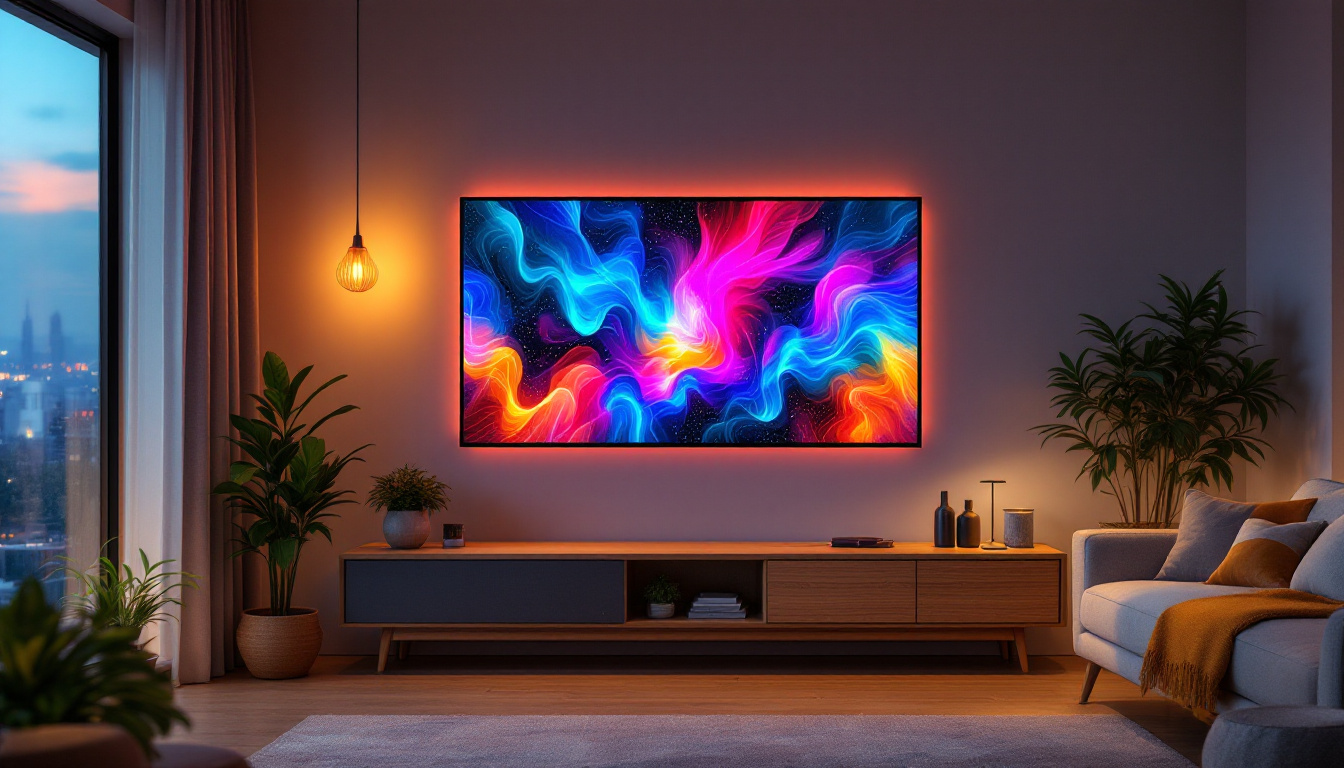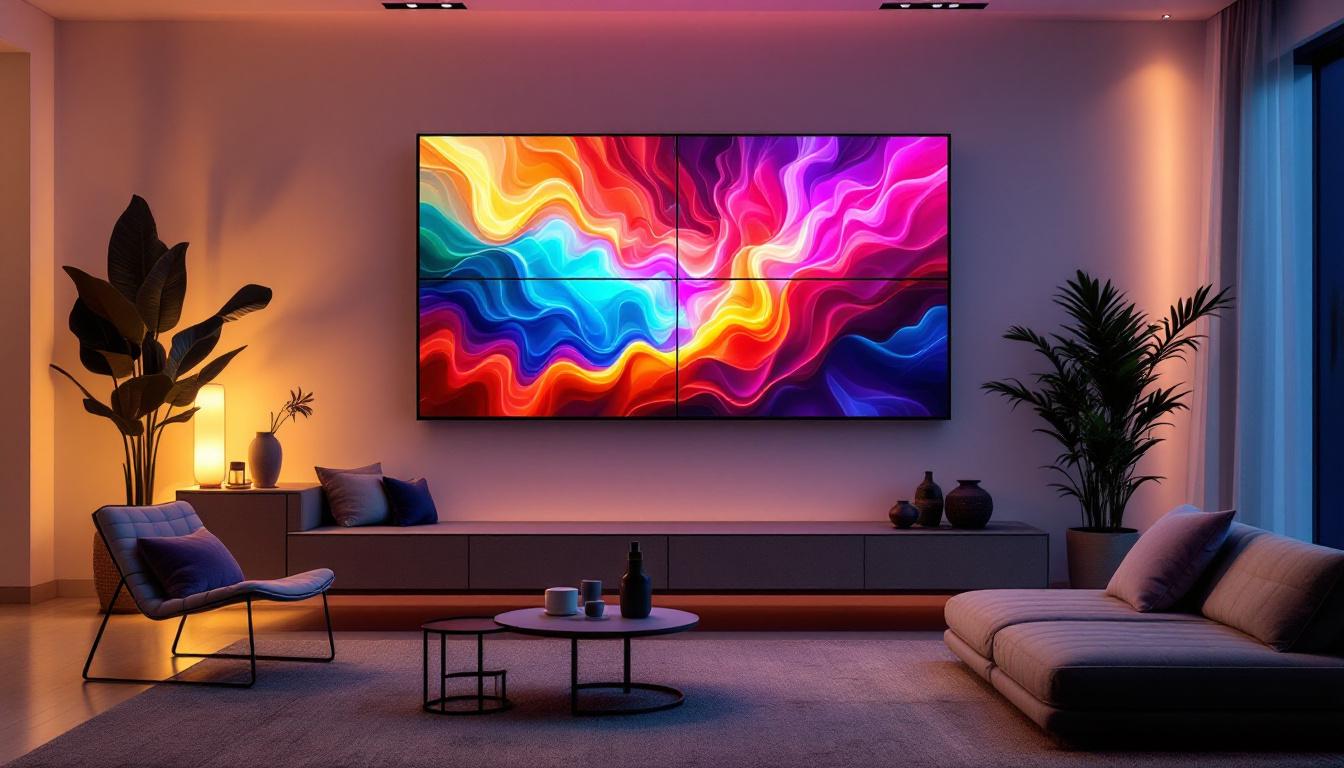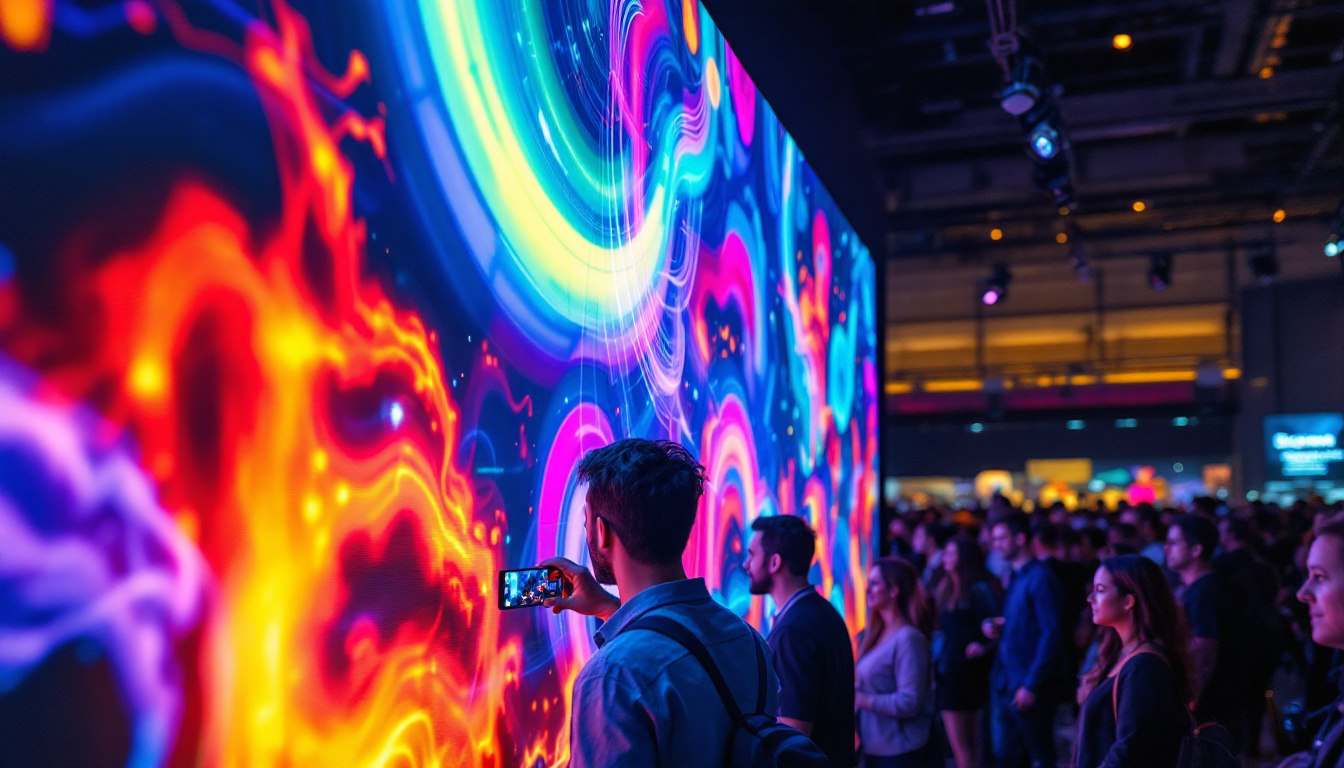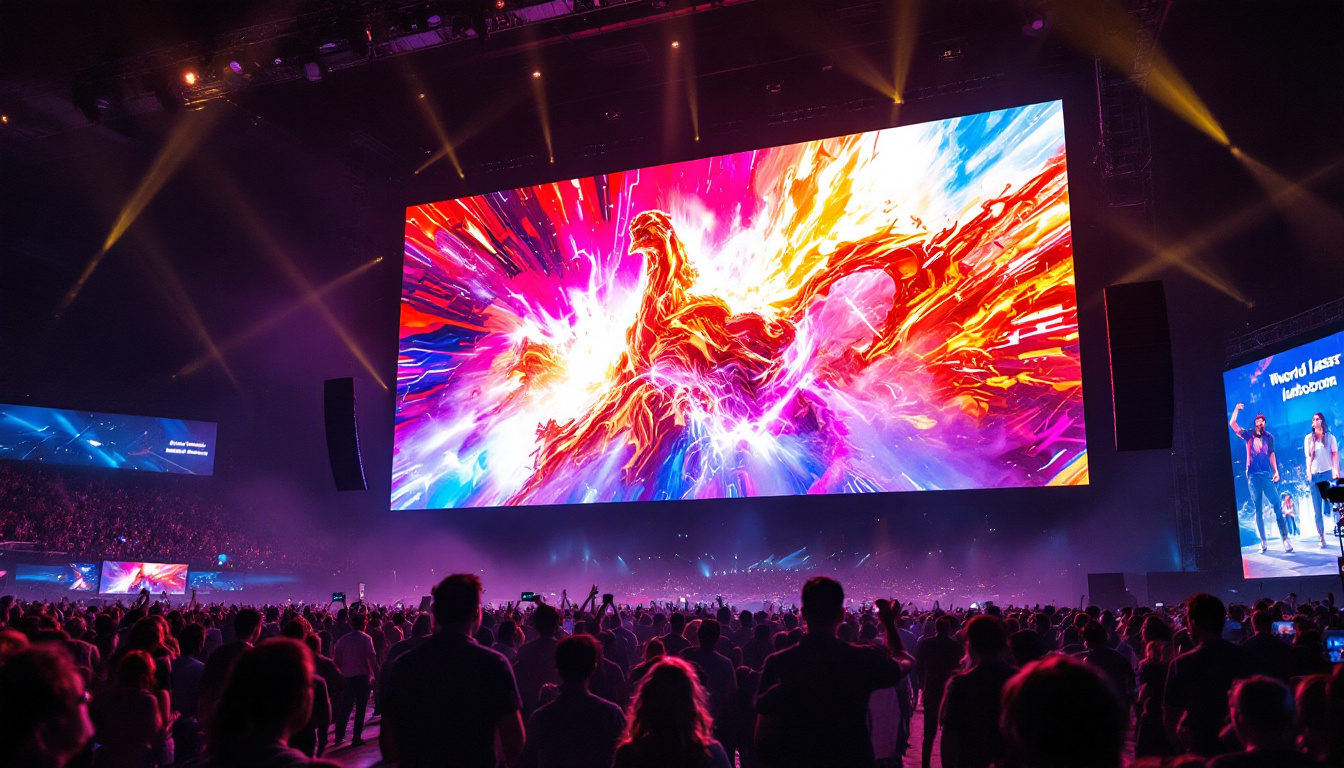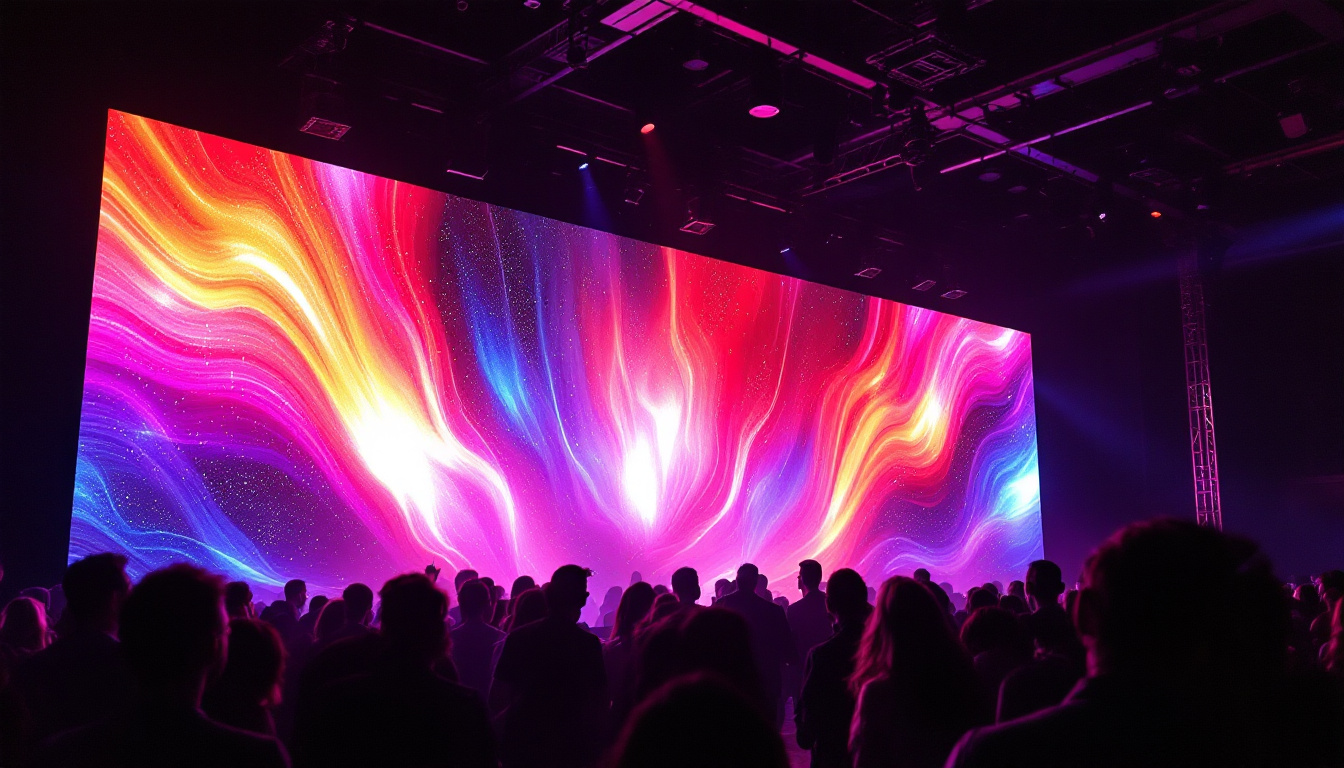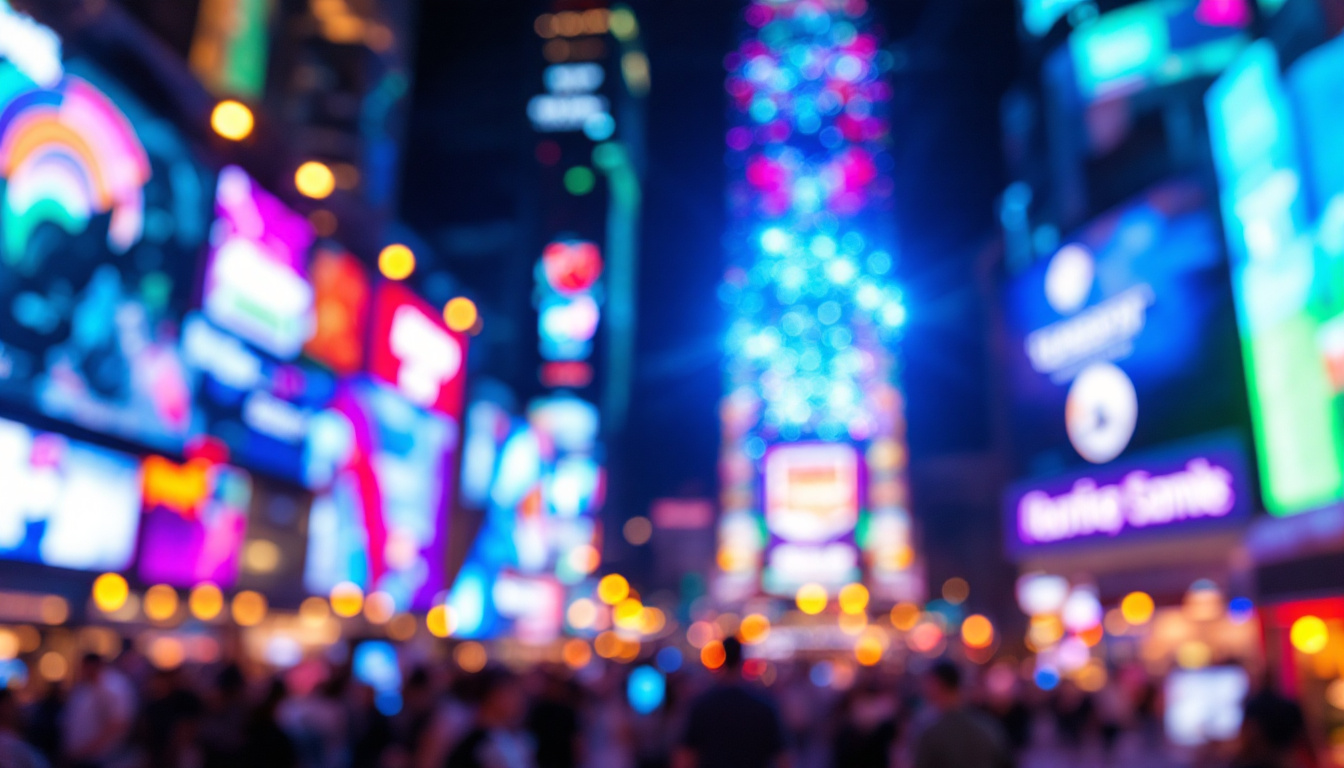Panel Led Dimmable: LED Display Explained
In the world of modern lighting solutions, LED technology has emerged as a frontrunner, offering energy efficiency and versatility. Among the various types of LED displays, panel LED dimmable lights have gained significant attention for their adaptability and performance. This article delves into the intricacies of panel LED dimmable displays, exploring their features, benefits, and applications.
Understanding LED Technology
Light Emitting Diodes (LEDs) are semiconductor devices that emit light when an electric current passes through them. This technology has revolutionized the lighting industry due to its efficiency, longevity, and reduced environmental impact compared to traditional incandescent and fluorescent bulbs. The shift towards LEDs has not only transformed how we illuminate our spaces but has also played a significant role in energy conservation efforts globally, reducing electricity consumption and lowering carbon footprints.
The Basics of LED Operation
LEDs operate on a simple principle: when electrons move through a semiconductor material, they release energy in the form of photons, which is visible light. This process is highly efficient, converting a greater percentage of electrical energy into light rather than heat. This efficiency is one of the primary reasons for the widespread adoption of LED technology. Furthermore, the lifespan of an LED can exceed 25,000 hours, far surpassing that of traditional bulbs, which means fewer replacements and less waste in landfills. This longevity, combined with their low energy consumption, makes LEDs a sustainable choice for both residential and commercial applications.
Key Features of LED Displays
LED displays are characterized by their brightness, color range, and adaptability. They can produce a wide spectrum of colors, making them ideal for various applications, from simple lighting to complex displays in advertising and entertainment. Additionally, many LED displays are designed to be dimmable, allowing for greater control over brightness and ambiance. The versatility of LEDs also extends to their physical form; they can be manufactured in various shapes and sizes, enabling innovative designs in signage and screens. This flexibility allows for creative installations in public spaces, enhancing visual communication and engagement with audiences.
Moreover, advancements in LED technology have led to the development of smart LED systems that can be integrated with IoT (Internet of Things) devices. These systems allow users to control lighting remotely via smartphones or voice commands, providing convenience and energy savings. The ability to program lighting schedules, adjust colors, and monitor energy usage in real-time represents a significant leap forward in how we interact with our environment. As smart home technology continues to evolve, the role of LEDs in creating efficient and responsive living spaces will undoubtedly grow, further solidifying their place in modern lighting solutions.
What are Panel LED Dimmable Displays?
Panel LED dimmable displays are flat panels that utilize LED technology to provide illumination. These panels can be adjusted for brightness, making them suitable for different environments and purposes. The ability to dim the lights not only enhances the aesthetic appeal of a space but also contributes to energy savings.
Design and Construction
Typically, panel LED lights are constructed with a thin profile, allowing them to be mounted flush against ceilings or walls. This sleek design is not only visually appealing but also maximizes space efficiency. The panels are often made from durable materials, ensuring longevity and resistance to wear and tear.
How Dimming Works
Dimming in panel LED displays can be achieved through various methods, including pulse-width modulation (PWM) and analog dimming. PWM involves rapidly turning the light on and off at a frequency that is imperceptible to the human eye, effectively reducing the average light output. On the other hand, analog dimming adjusts the voltage supplied to the LED, altering the brightness directly.
Benefits of Panel LED Dimmable Displays
The advantages of using panel LED dimmable displays extend beyond mere aesthetics. They encompass energy efficiency, versatility, and improved user experience, making them an excellent choice for both residential and commercial applications.
Energy Efficiency
One of the most significant benefits of LED technology is its energy efficiency. Dimmable LED panels consume less power when dimmed, leading to substantial energy savings over time. This not only reduces electricity bills but also contributes to a lower carbon footprint, making it an environmentally friendly choice.
Enhanced Ambiance and Comfort
Lighting plays a crucial role in setting the mood of a space. Dimmable LED panels allow users to adjust the brightness according to their needs, creating a more comfortable and inviting atmosphere. Whether it’s a bright light for work or a soft glow for relaxation, these panels can cater to various scenarios.
Longevity and Maintenance
LED lights are known for their long lifespan, often lasting up to 25,000 hours or more. Dimmable LED panels, in particular, can extend their lifespan further when used at lower brightness levels. This longevity reduces the frequency of replacements and maintenance, resulting in lower overall costs.
Applications of Panel LED Dimmable Displays
Panel LED dimmable displays are versatile and can be used in a variety of settings. Their adaptability makes them suitable for both residential and commercial environments, enhancing functionality and aesthetics.
Residential Use
In homes, panel LED dimmable lights can be used in living rooms, bedrooms, and kitchens. They provide homeowners with the flexibility to create the perfect lighting for any occasion, from bright task lighting for cooking to soft ambient lighting for movie nights. Their sleek design also complements modern interior styles.
Commercial Use
In commercial settings, such as offices, retail spaces, and restaurants, panel LED dimmable displays can significantly enhance the customer experience. In offices, adjustable lighting can improve productivity and reduce eye strain. In retail environments, the ability to dim lights can highlight products and create an inviting atmosphere for shoppers.
Event and Stage Lighting
Panel LED dimmable displays are increasingly used in events and stage productions. Their ability to change brightness and color allows for dynamic lighting effects that can enhance performances and create memorable experiences for audiences. This flexibility is invaluable in the entertainment industry.
Choosing the Right Panel LED Dimmable Display
Selecting the appropriate panel LED dimmable display involves considering several factors, including size, brightness, color temperature, and control options. Each of these elements plays a crucial role in ensuring that the lighting meets the specific needs of the space.
Size and Shape
Panel LED lights come in various sizes and shapes, including square, rectangular, and round options. The choice of size should be based on the dimensions of the space and the intended application. For instance, larger panels may be more suitable for expansive areas, while smaller panels can be used for accent lighting.
Brightness and Color Temperature
Brightness is measured in lumens, and it’s essential to choose a panel that provides adequate illumination for the intended use. Additionally, color temperature, measured in Kelvin, affects the ambiance of a space. Warmer tones (around 2700K) create a cozy atmosphere, while cooler tones (5000K and above) are ideal for task-oriented environments.
Control Options
Consideration should also be given to the control options available for dimming the lights. Some panel LED displays come with remote controls or wall-mounted dimmers, while others can be integrated into smart home systems for convenient control via smartphones or voice commands. Choosing the right control method can enhance user experience and functionality.
Installation and Maintenance
Installing panel LED dimmable displays can be straightforward, but it is essential to follow proper guidelines to ensure safety and functionality. Additionally, understanding maintenance requirements can prolong the life of the panels and keep them performing optimally.
Installation Guidelines
When installing panel LED lights, it is crucial to ensure that the electrical system is compatible with the fixtures. Proper mounting techniques should be followed, and it may be advisable to consult with a professional electrician, especially for larger installations. Ensuring that the panels are securely mounted will prevent any hazards and ensure longevity.
Maintenance Tips
Maintaining panel LED dimmable displays involves regular cleaning and occasional checks for any signs of wear. Dust and dirt can accumulate on the surface, affecting light output, so it is advisable to clean the panels with a soft, damp cloth. Additionally, monitoring the electrical connections and dimming mechanisms can help identify any issues early on.
Future Trends in LED Technology
The LED industry is continuously evolving, with advancements in technology leading to new possibilities for panel LED dimmable displays. As energy efficiency becomes increasingly important, innovations are being developed to enhance performance and functionality.
Smart Lighting Integration
One of the most significant trends in LED technology is the integration of smart lighting systems. These systems allow users to control their lighting remotely, set schedules, and even adjust brightness and color through voice commands. The combination of panel LED dimmable displays with smart technology can create a highly customizable lighting experience.
Improved Energy Efficiency
As technology advances, new materials and techniques are being developed to enhance the energy efficiency of LED lights further. Innovations such as improved heat dissipation and more efficient drivers are expected to increase the lifespan and performance of panel LED dimmable displays, making them an even more attractive option for consumers.
Enhanced Color Rendering
Future developments in LED technology are also focused on improving color rendering capabilities. Higher Color Rendering Index (CRI) values will allow panel LED displays to produce more accurate and vibrant colors, making them ideal for applications where color accuracy is crucial, such as in art galleries and photography studios.
Conclusion
Panel LED dimmable displays represent a significant advancement in lighting technology, offering versatility, energy efficiency, and aesthetic appeal. Their ability to adapt to various environments and applications makes them a valuable addition to both residential and commercial spaces. As technology continues to evolve, the future of panel LED dimmable displays looks promising, with innovations that will further enhance their performance and user experience.
Whether for creating the perfect ambiance at home or enhancing the functionality of a commercial space, panel LED dimmable displays are an excellent choice for modern lighting needs. Understanding their features, benefits, and applications can help individuals and businesses make informed decisions about their lighting solutions.
Discover the Future of Lighting with LumenMatrix
Ready to elevate your space with the latest in LED display technology? LumenMatrix offers a comprehensive range of innovative LED display solutions tailored to your unique needs. From captivating Indoor LED Wall Displays to dynamic Outdoor LED Wall Displays, and from versatile Vehicle LED Displays to sleek LED Poster Displays, our products are designed to revolutionize visual communication and enhance engagement. Experience the transformative power of LED displays and take the first step towards a brighter, more engaging future. Check out LumenMatrix LED Display Solutions today and see your vision come to life.

